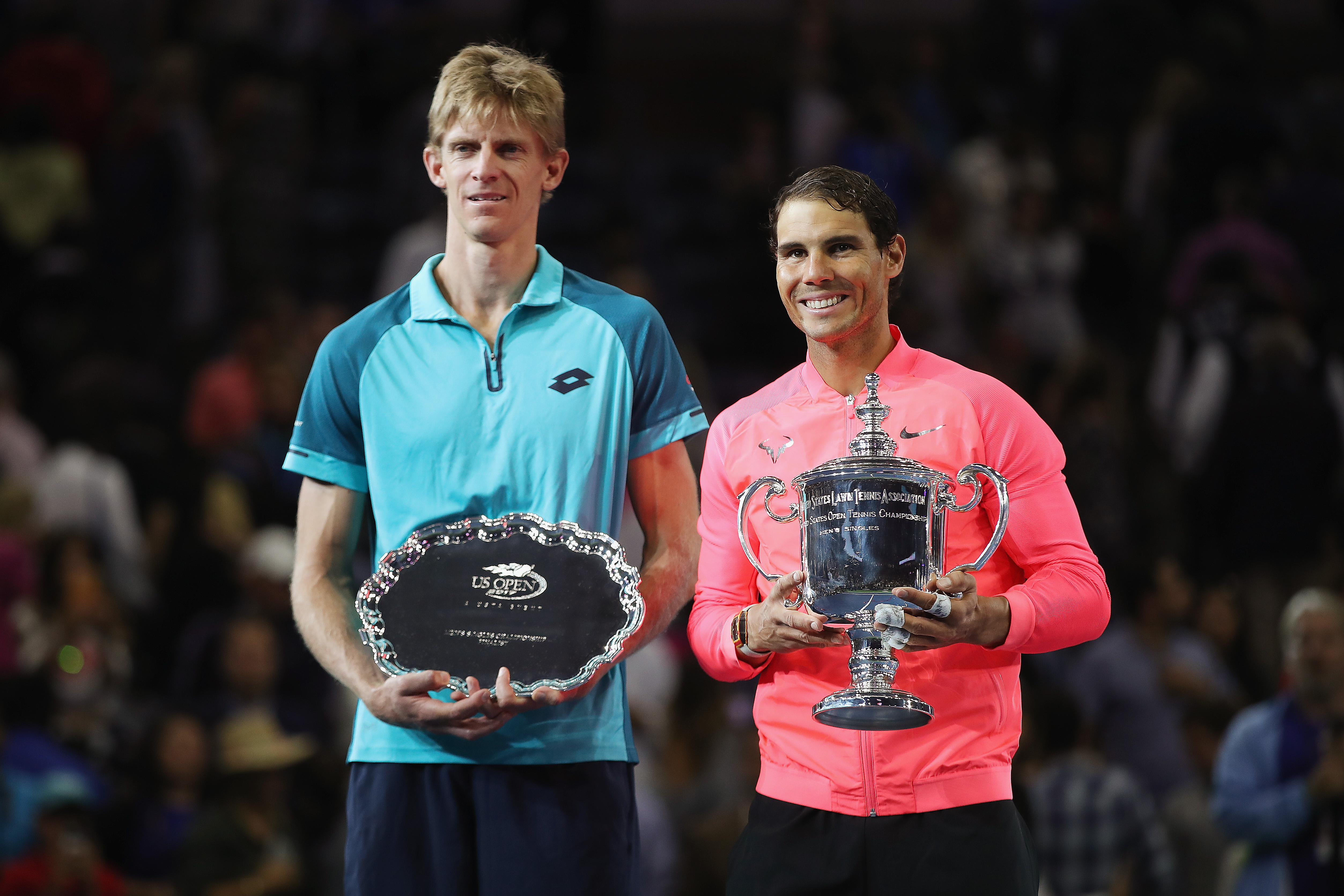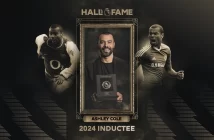The 2017 US Open final was regarded as a mismatch, and that’s exactly what it was as Rafael Nasal thrashed South Africa’s Kevin Anderson in straight sets for his third Flushing Meadows title and 16th grand slam title.
With his game at a high level at the end of an unusually easy path through a Grand Slam field, Nadal overwhelmed first-time major finalist Anderson 6-3, 6-3, 6-4.
It is the No. 1-ranked Nadal’s second Grand Slam title of the year and 16th overall. Among men, only Roger Federer has more, with 19. Each of those two longtime rivals won two of the four majors in 2017, marking a return of both to the heights of their sport. Roger Federer won the Aussie Open and Wimbledon while Rafa holds sway at Roland Garros and Flushing Meadows this year.
Not only did an injury-hampered Nadal not win a Grand Slam tournament in 2015 or 2016 – his first such shutouts since 2004, when he was still a teenager — but he didn’t even make it to a final in that span. It seems safe to say that, at age 31, he is once again the Nadal of old.

Rafael Nadal of Spain and Kevin Anderson of South Africa pose during the trophy ceremony after their Men’s Singles Finals match.
“Personally, it’s just unbelievable what happened this year,” Nadal said, “after a couple of years with some troubles, injuries, some moments playing not good.”
At No. 32, Anderson was the lowest-ranked US Open men’s finalist since the ATP computer rankings began in 1973. The 31-year-old South African never had been past the quarterfinals at any major tournament in 33 previous appearances, so when he won his semifinal on Friday, he climbed into the stands to celebrate.
There would be no such joy for him on this day. Nadal simply dominated every facet of the two-and-a-half-hour final.
“I know we’re the same age, but I feel like I’ve been watching you my whole life,” said Anderson, who is less than a month older than Nadal. “You really have been an idol of mine. And it’s tough playing you. You proved it again tonight.”
Nadal added to his US Open triumphs in 2010 and 2013 and improved to 16-7 in Grand Slam finals. For the first time since 2013, he appeared in three in a single season, losing to Federer at the Australian Open in January and beating Stan Wawrinka for his record 10th French Open trophy in June.
Nadal’s career haul also includes two trophies from Wimbledon and one from the Australian Open. All of his big victories have come while being coached by his uncle, Toni, who is now stepping aside. The US Open was the last Grand Slam event of their partnership.
Not since Pete Sampras at Wimbledon in 2000 had a man won a Slam tournament without facing any opponents ranked in the top 20.
In New York this time, the bracket was weakened by the injury withdrawals of three of the top five men: past champions Andy Murray, Novak Djokovic and Wawrinka.
Plus, Nadal did not need to deal with Federer: The potential for a semifinal, which would have been their first US Open meeting, was dashed when Juan Martin del Potro eliminated Federer in the quarterfinals. Nadal then beat del Potro, the 2009 champion who is now ranked 28th, in the semis.
Much like Nadal’s 6-2, 6-3, 6-1 win against Wawrinka at Roland Garros, the beauty of this match was not in its competitiveness – not by a long shot – but in an appreciation for one participant’s absolute superiority. Forehands whipped up the line. Two-handed backhands ripped cross-court with ferocity. Spinning, back-to-the-net returns of serves darted in at him at more than 130 mph and helped him break Anderson four times.
He even came up with some terrific volleys, winning the point on all 16 of his trips to the net. Anderson, meanwhile, finished 16-for-34 in that category. Another difference-maker: Nadal never faced a break point, though that was more a reflection of his talent once the ball was in play than any particularly dominant serving.
With Nadal standing way back to receive serves, nearly backing into the line judges, he neutralized Anderson’s most effective skill. Anderson came in having won 103 of 108 service games across six matches, but Nadal accumulated break points at will from the get-go – two in a six-deuce game at 1-all, another two in a five-deuce game at 2-all.
Anderson began trying to end points quickly with a volley. There were two problems with that. First, Anderson is not usually a serve-and-volleyer and so is no expert at that tactic. Second, Nadal is superb at summoning passing shots at extreme speeds and angles, especially when facing the sort of target provided by the 6-foot-8 (2.03-meter) Anderson, the tallest Grand Slam finalist in history.
The resurgence of Rafa and Roger in 2017 has reignited the GOAT ( greatest of all time) debate, both team Rafa and team Roger have enough in their arsenal to defend their positions. Roger is 36 and Rafa is 5 years younger, I can bet these guys will still win more grand slams before saying goodbye to the sport. 2018 will exciting.




